First, get a beer at a bruin cafe, restaurant, club, museum- Jesus, beer is everywhere, and it's easy to find Le Chouffe- on tap! Next, start walking. It can sometimes be unwelcoming and cold, but when you discover a random modern skyscraper or an post-industrial warehouse conversion, you'll find Rotterdam's urban planning mistakes charming.
If you can't get lost and feel like you're about to cry- it's not a real city!
You may find yourself alone and confused (drunk or otherwise) in a windswept plaza of gorgeous 1950s modern housing structures.
Or on a multi-level, dead-end street adorn with Piet Blom's flamboyant 1980s architecture.
After the Rotterdam Blitz razed the central city in 1940, big urban planning ideas and modernism have been embraced wholeheartedly. High-concept towers and a swan-like bridge have become the city's identity.
Predominately Muslim immigrants (mostly Turkish, Moroccan and Surinamese) make up nearly 50% of the population. Rotterdam is Amsterdam's gritty, working class counterpart- and is proud of it.
The similarities between Rotterdam and the 'City of Big Shoulders' don't end there. I got an eerie, home-sick feeling when I walked over this bridge- it's just like looking south over the Chicago river at Kinzie Steet. Harry Weese's River Cottages are to the west and 333 W. Wacker is peaking out at Wolf Point!
In 1998, I found myself in Rotterdam because of my my love of gabber/rotterdam/hardcore music and promptly got laughed out of a snobby record store when I asked where I could find a rave. (Though I do highly recommend visiting Clone Records.)
Gabber is what Rotterdam is made of.
Though, by 5am, Ross and I had to leave. People started making fun of his glasses and I was afraid he might get beat up in the bathroom. We looked incredibly out of place, like a couple of over-educated assholes. At least people thought we were British.
Exploring the outskirts (Vinex) of Rotterdam for a rave in 1998 was a defining moment. Meaghan and I stumbled into a bizarr0 world of tasteful modern architecture in a suburban setting. It was pedestrian-oriented and dense, there was a mix of uses, and kids were allowed to skateboard! I'd never seen anything like it and I knew that moment I wanted to be an urban planner.
We never found the party.
Years later I went back to explore the Vinex. While they're as boring for teenagers as the horrible 1970s tract housing where I grew up, Dutch architects have built bold and creative structures that inspire, even under the typically overcast skies.
Vinex A.K.A. "Boomtown. Dutch Town. Transit City. Edge City. Leisure City. Nebulous City. City of the Future. City on the Water. Dormitory Town. Boringville."
Of course, Rotterdam's biggest celebrity is architect/writer/urbanist extraordinaire Rem Koolhaas. His six pound (!) book S,M,L,XL blended architecture, planning, travelogues and urban theory in an entertaining, highly influential new way. Koolhaas' neo-modern architecture firm OMA is where Zaha Hadid's insane deconstructivist buildings were first fostered. The permanent collection at the Netherlands Architecture Institute outlines Holland's progressive architecture and urban planning beginning with the art moderne style of the Amsterdam School in the 1910s. The NAi Cafe also serves a decent glass of rosé and toastis (which is my fav Dutch word after klompen [clogs]).
Amidst the often ridiculous contemporary structures (including Renzo Piano's KPN Offices adorn with hundreds of programmable LED lights), Rotterdam's comfortable neighborhood streets are mostly lined with straightforward, modern dwellings like this one in Afrikaanderwijk.
I'm officially in love Rotterdam and all of its hazardous construction sites, its lack of tourists - other than architecture nuts, and its obsession with the future. If you need me I'll be drinking cheap beers at Cafe de Schouw.
Update 2013:
The Rotterdam Centraal Station is in the process of being ripped out and rebuilt. The old station was gloomy and outdated, but could have been restored to its 1950s glory. Seen below is a photo I took in 2009 before demolition, and a postcard of a rendering I found at the NAi.
The progress is being chronicled with this live cam: here. From what I can tell, I may have been bent out of shape for nothing- the scalloped platform awnings, and the original Mid-Century free-standing lettering will be re-used. More glossy photos: here.

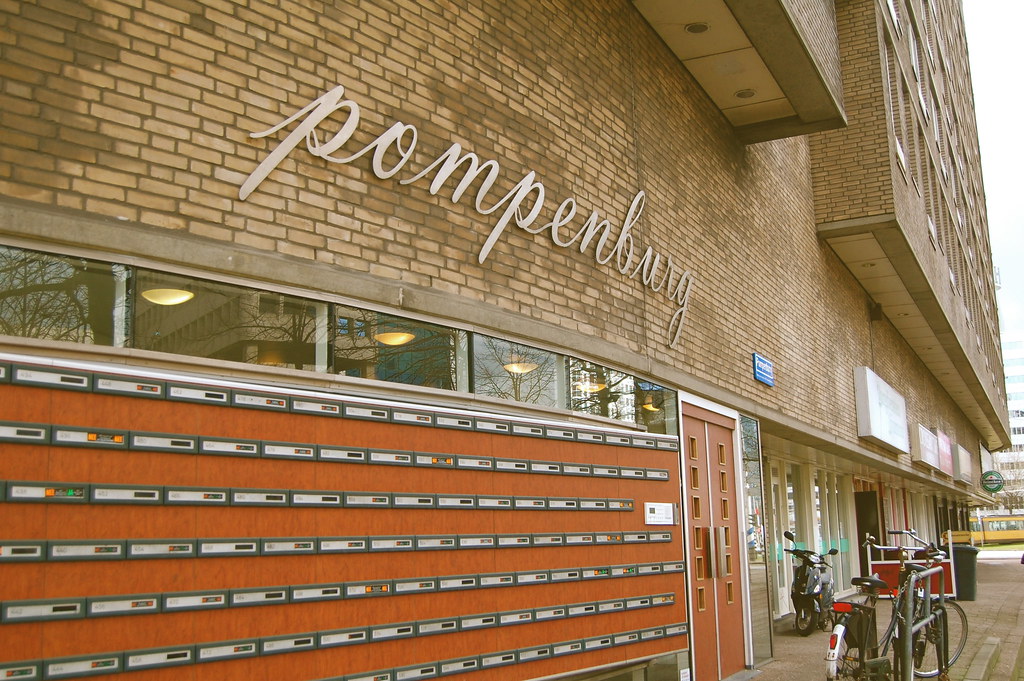
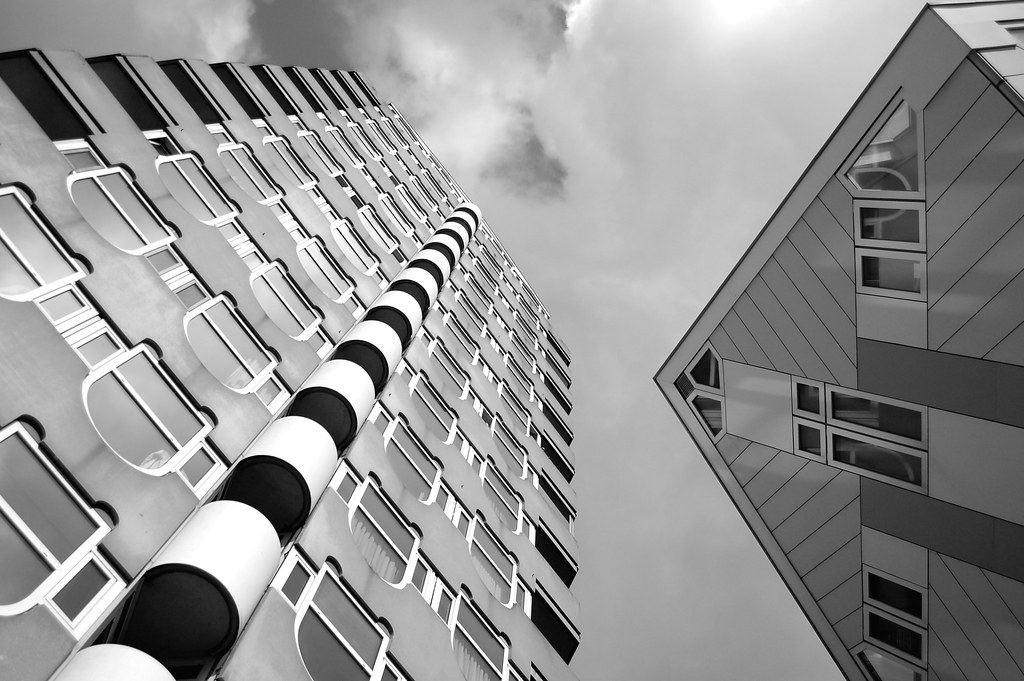
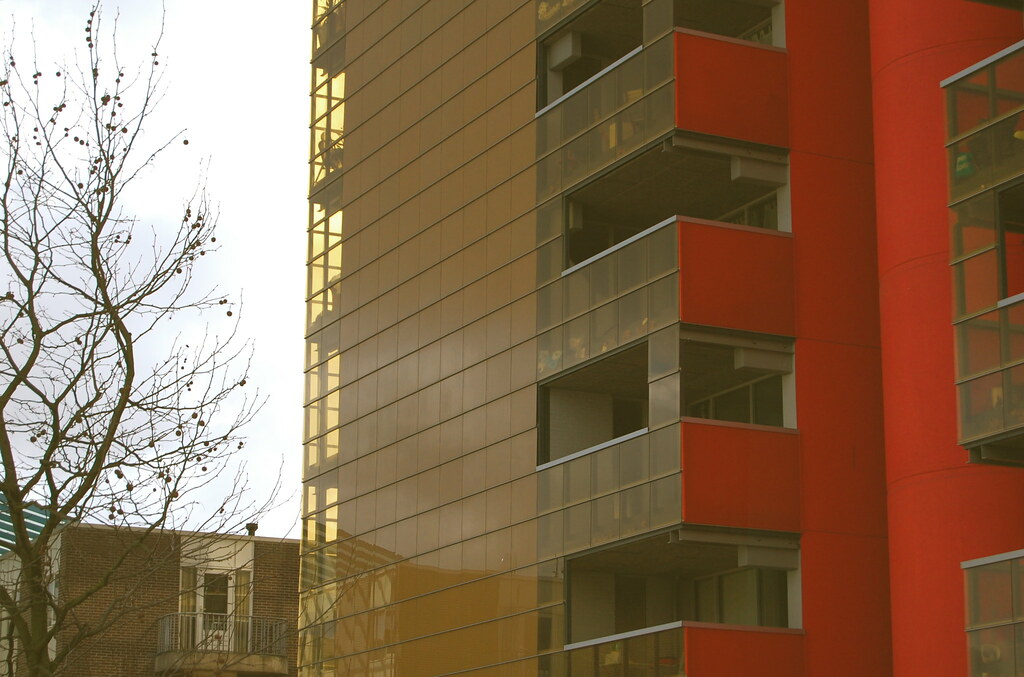
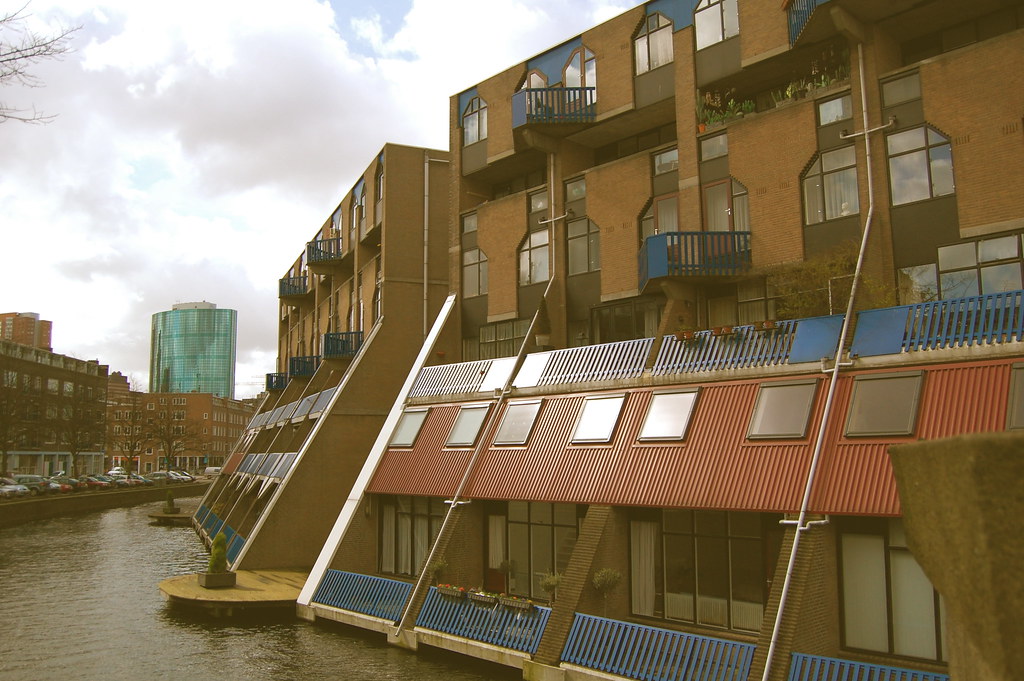
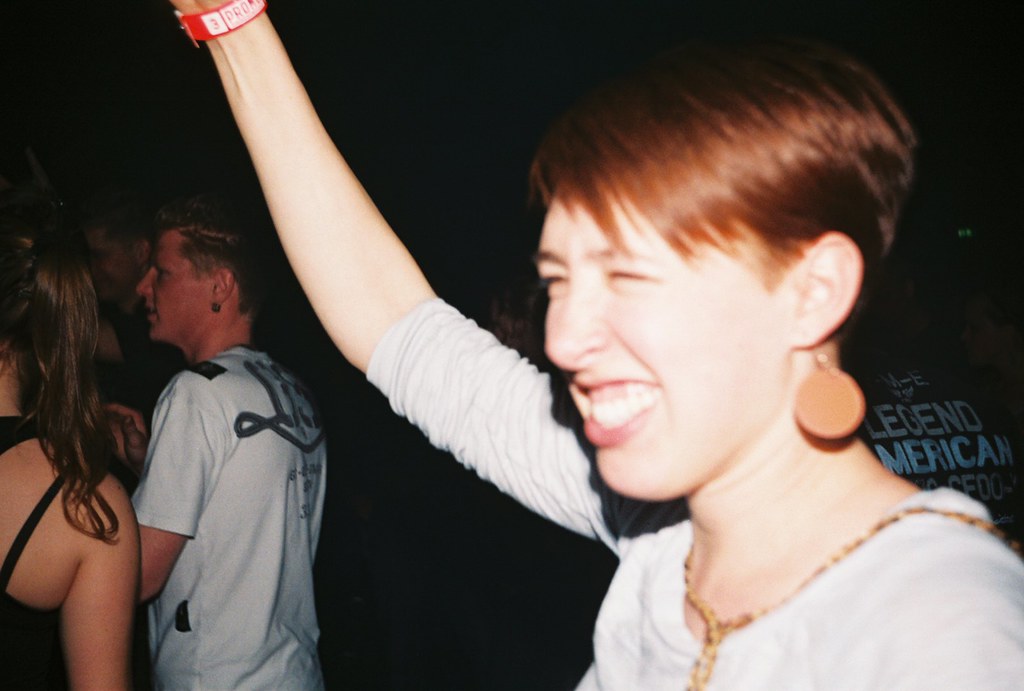

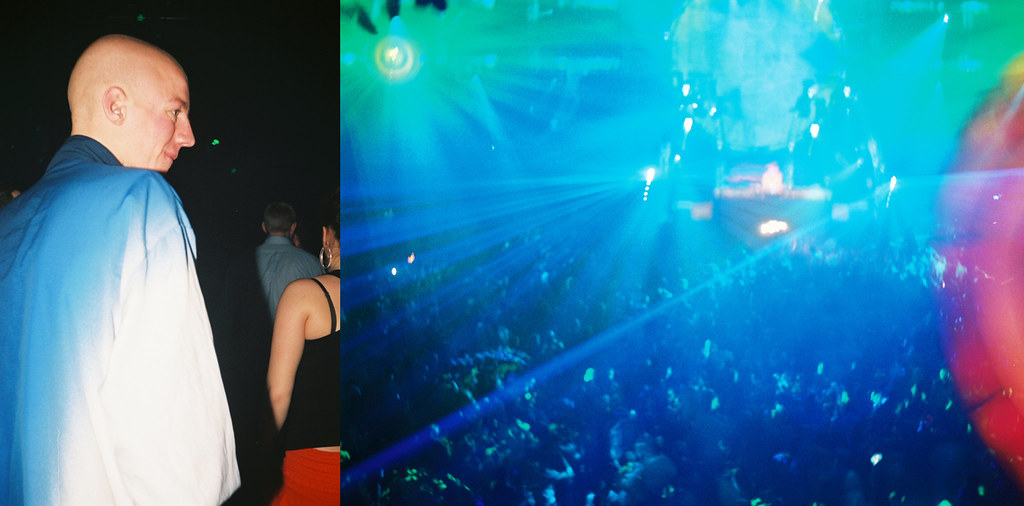
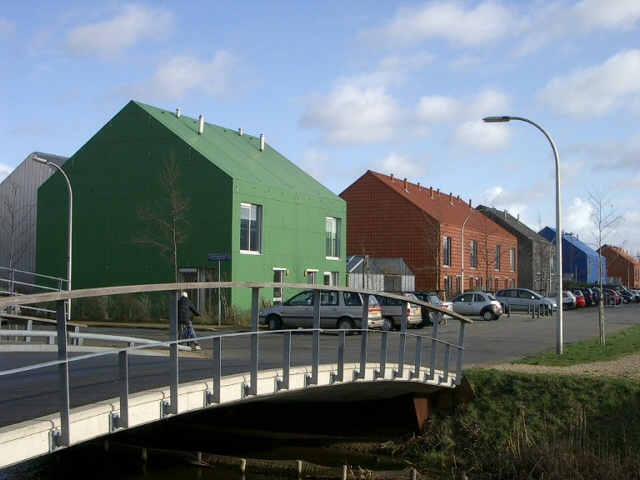
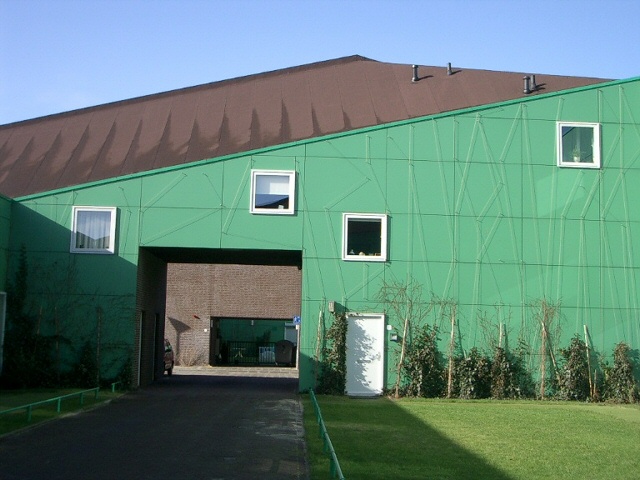

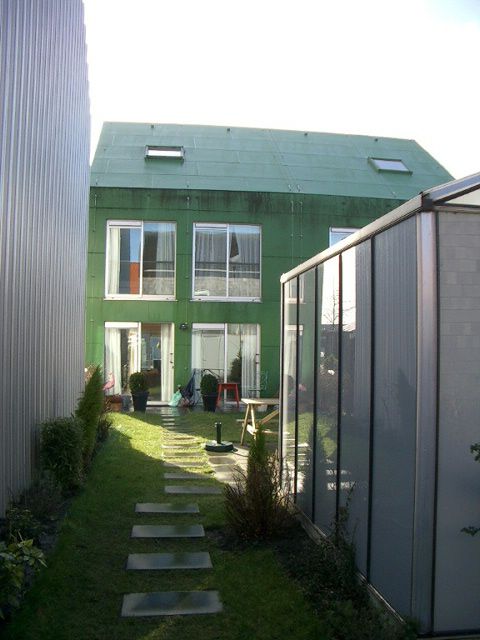
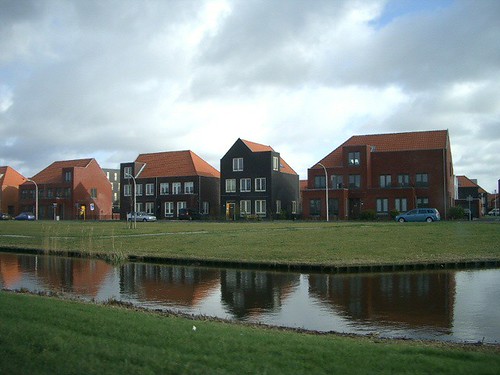
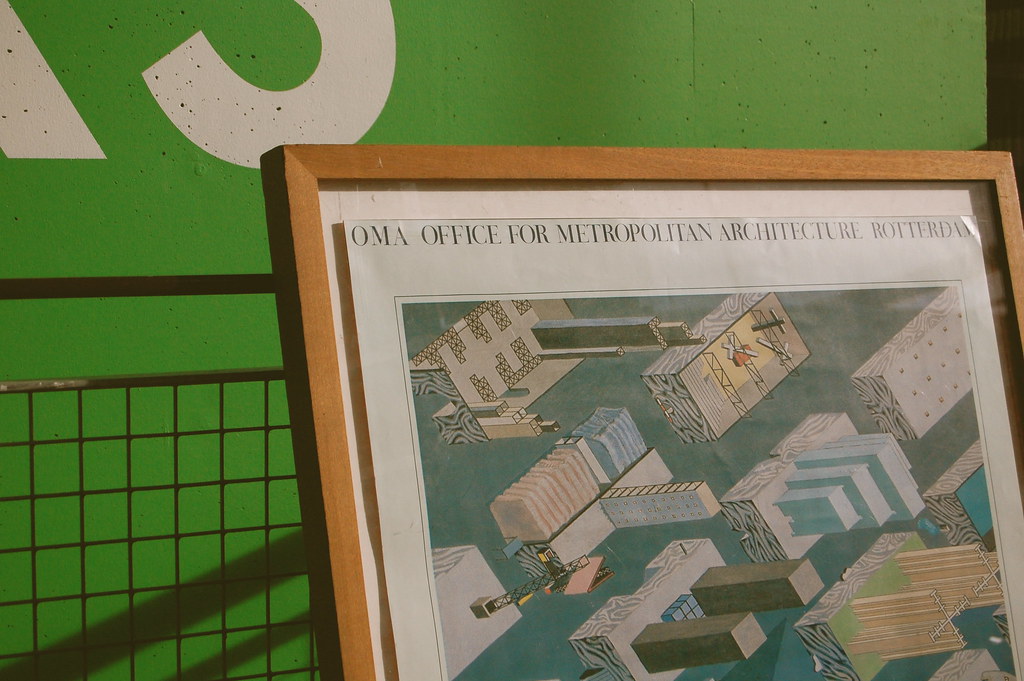
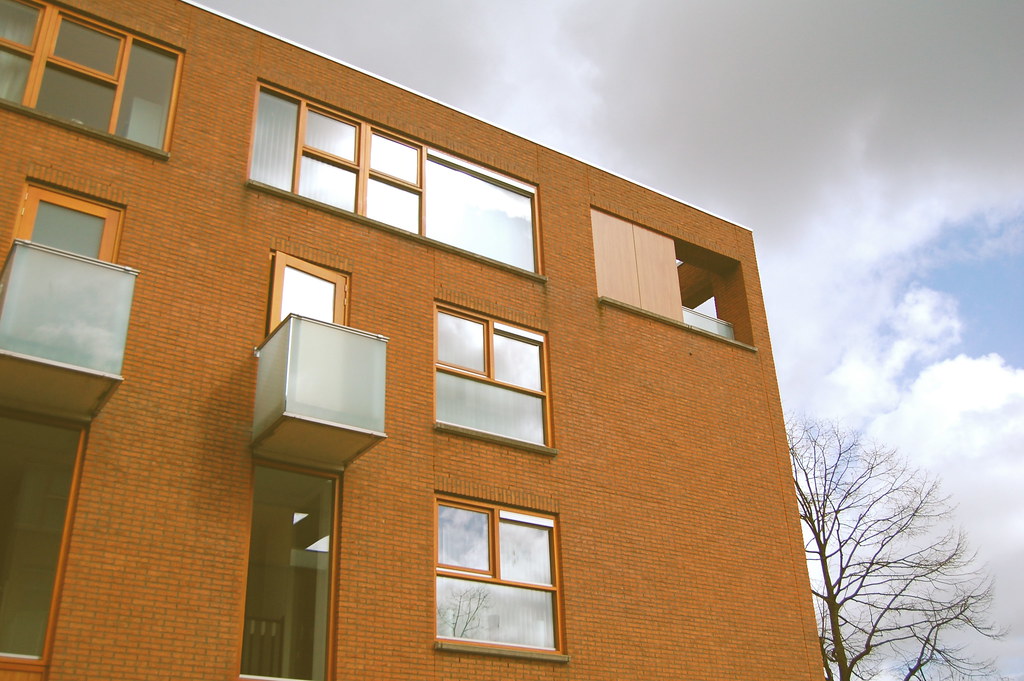

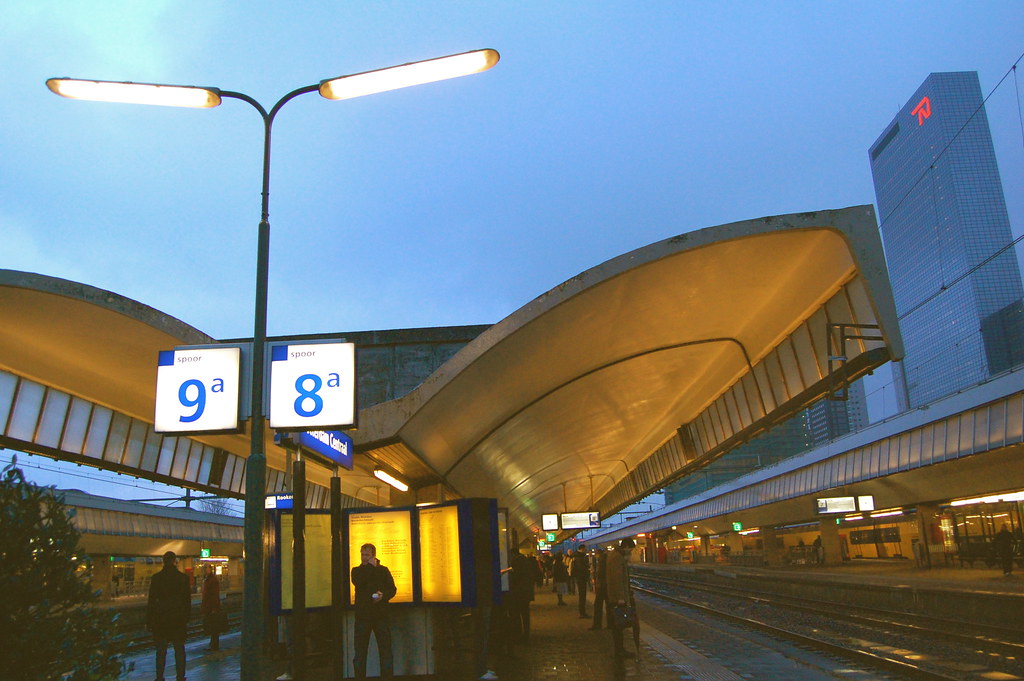


No comments:
Post a Comment